Hello gardeners! Did you know your backyard can be a thriving ecosystem? One of the best ways to achieve this is by attracting beneficial insects—nature’s little helpers that pollinate plants, control pests, and boost garden health. Let’s dive into how to make your garden a welcoming haven for these valuable allies.
What Are Beneficial Insects?
Beneficial insects are crucial allies in maintaining a healthy garden ecosystem. These insects fall into different categories based on their roles:
- Pollinators: Bees, butterflies, and hoverflies are some of the most well-known beneficial insects. They play a critical role in helping flowering plants, fruits, and vegetables produce seeds by transferring pollen from one plant to another. This process is essential for the growth of many plants in our gardens.
- Predators: Insects like ladybugs, lacewings, and parasitic wasps are predators that feed on common garden pests, including aphids, mites, and caterpillars. By naturally keeping pest populations in check, these predators reduce the need for chemical pesticides.
- Parasitoids: Some insects, such as certain species of wasps, lay their eggs inside or on pest insects. When the eggs hatch, the larvae feed on the host, ultimately controlling pest numbers in the garden.
By encouraging these beneficial insects to take up residence in your garden, you foster a balanced ecosystem where plants can thrive with minimal intervention. This approach not only reduces the reliance on chemical pesticides but also supports biodiversity and contributes to a more resilient garden environment.
Meet the Beneficial Bugs in Your Backyard
Let’s get to know some of the beneficial bugs that can help your garden flourish. Here are ten insects that play important roles in maintaining a healthy garden:
1. Ladybugs
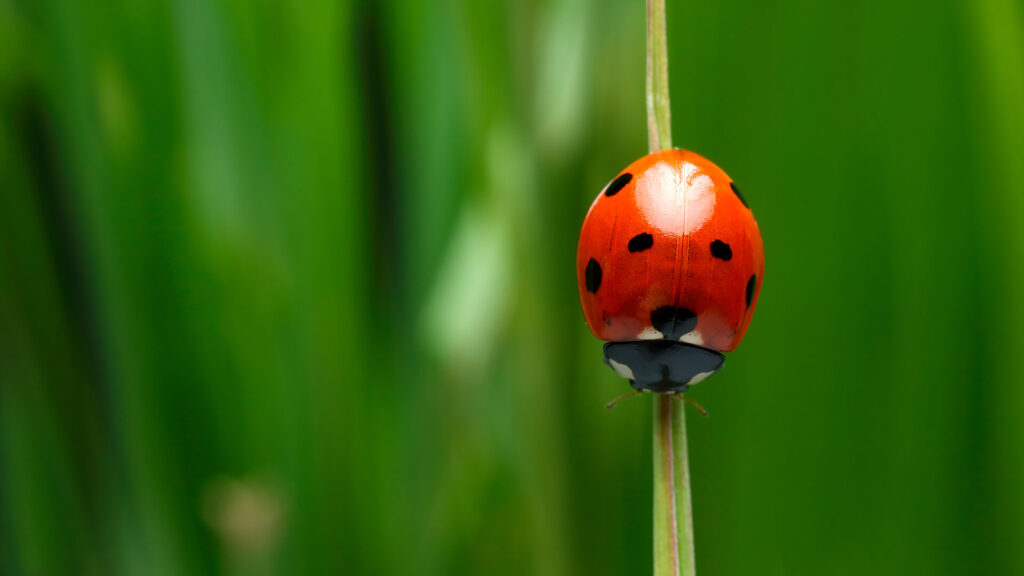
Ladybugs are famous for their appetite for aphids, one of the most common garden pests. A single ladybug can eat up to 50 aphids a day, making them an excellent natural pest control agent.
2. Lacewings
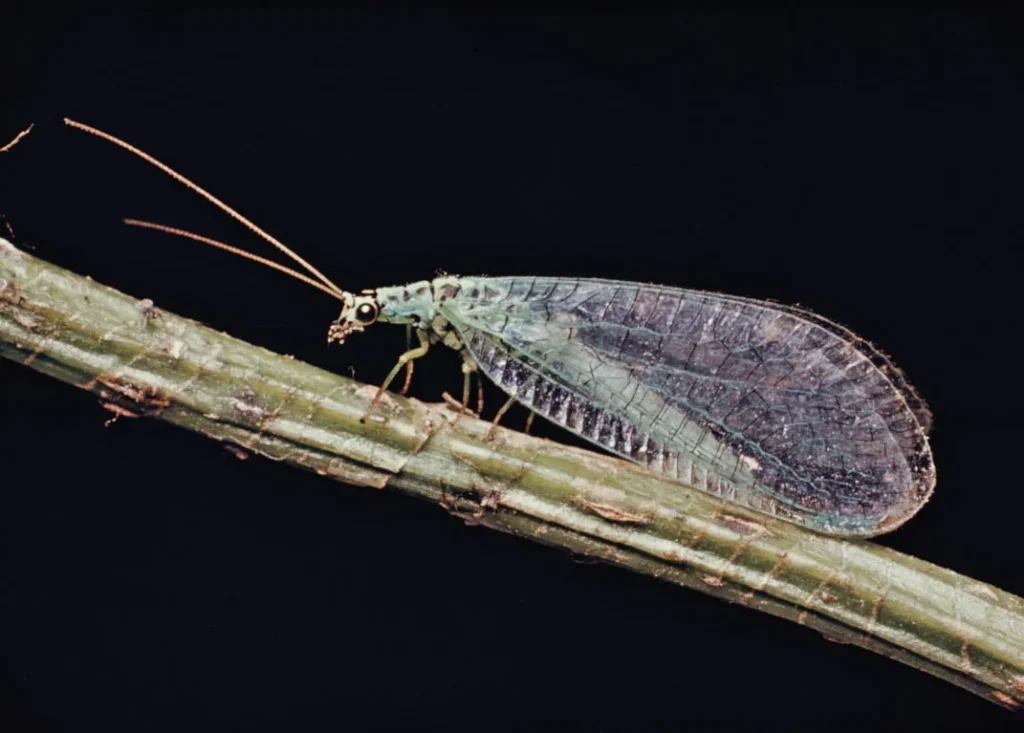
Lacewing larvae are voracious predators that feed on aphids, mites, and small caterpillars. They are often called “aphid lions” because of their effectiveness in controlling aphid populations.
3. Hoverflies

Hoverflies may look like bees, but they are harmless to humans. Their larvae feed on aphids and other pests, while adults help with pollination by visiting flowers to feed on nectar.
4. Parasitic Wasps
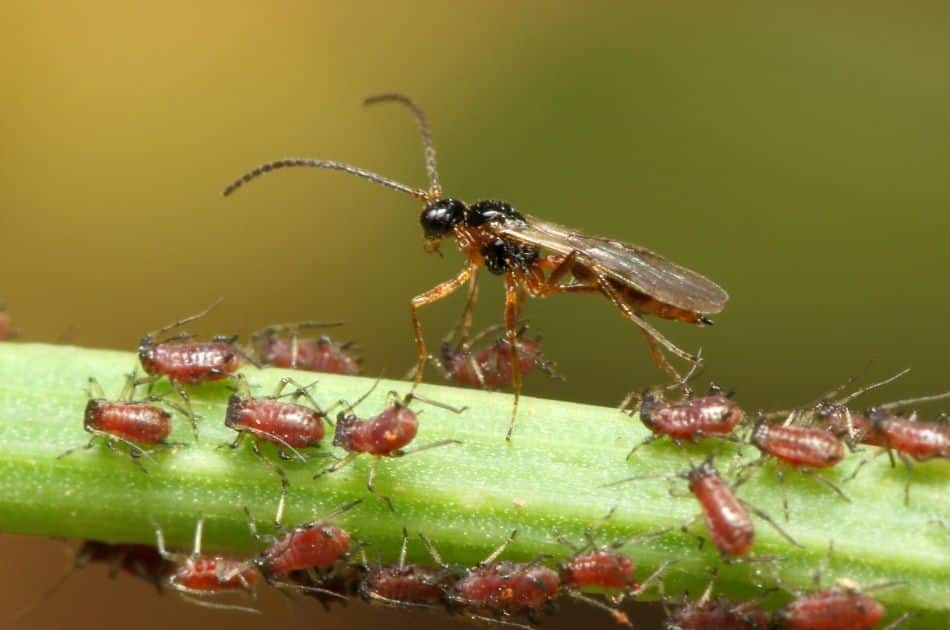
Parasitic wasps are tiny but mighty. They lay their eggs inside pest insects like caterpillars and aphids. Once the larvae hatch, they consume the host, keeping pest populations under control.
5. Ground Beetles

Ground beetles are nocturnal hunters that feed on slugs, snails, and caterpillars. They are excellent for controlling pests that damage plants at ground level.
6. Spiders
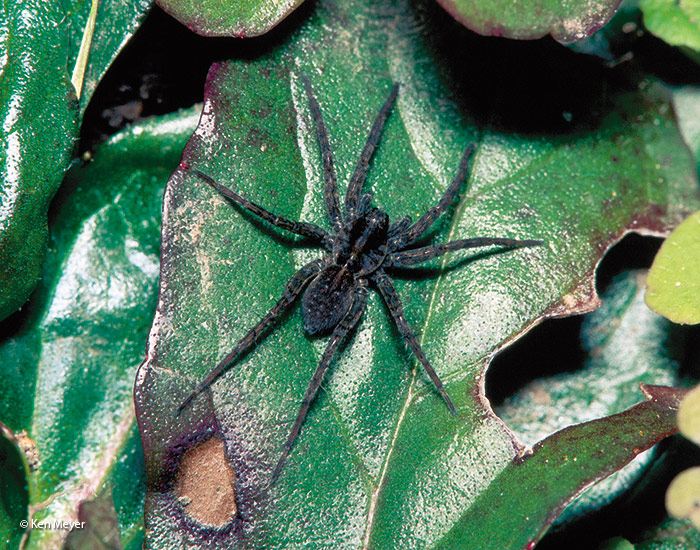
Although many people fear spiders, they are highly beneficial in the garden. Spiders prey on a wide variety of insects, including flies, mosquitoes, and other pests that can harm plants.
7. Bumblebees

Bumblebees are crucial pollinators for many types of plants, especially fruits and vegetables. Their large size and unique buzzing help dislodge pollen, ensuring plants are successfully pollinated.
8. Tachinid Flies
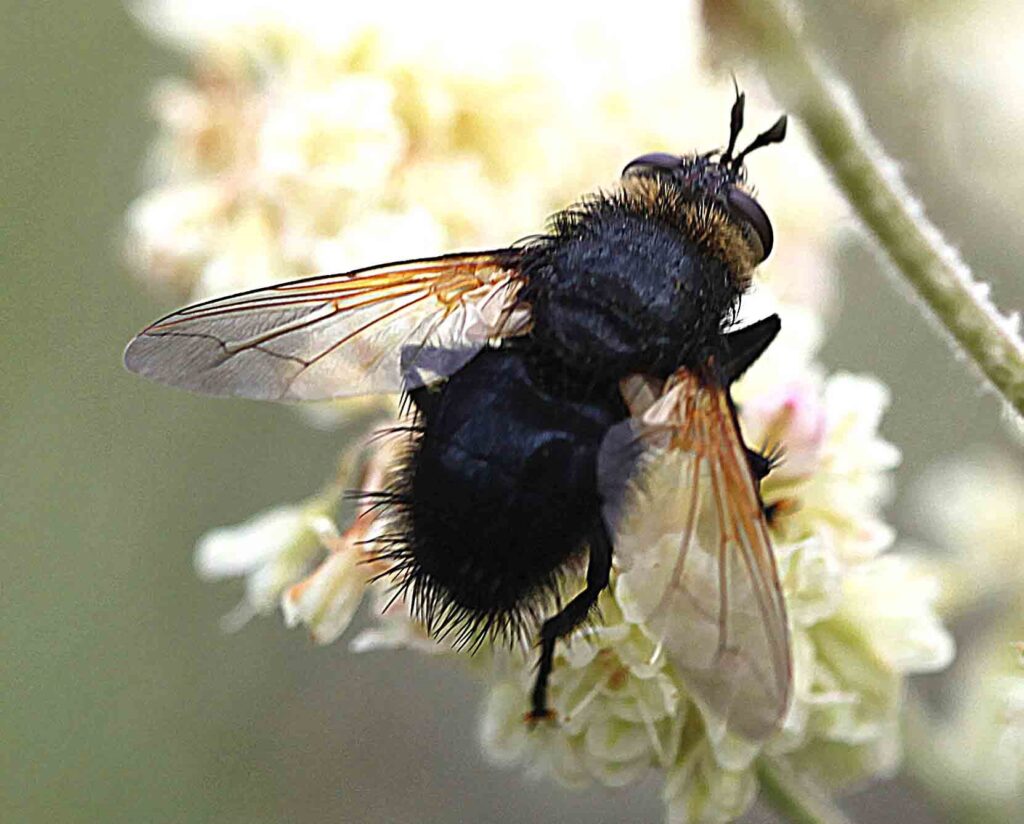
Tachinid flies are parasitoids that lay their eggs on caterpillars and beetles. Their larvae feed on the host, which helps control pests like cabbage worms and Japanese beetles.
9. Assassin Bugs
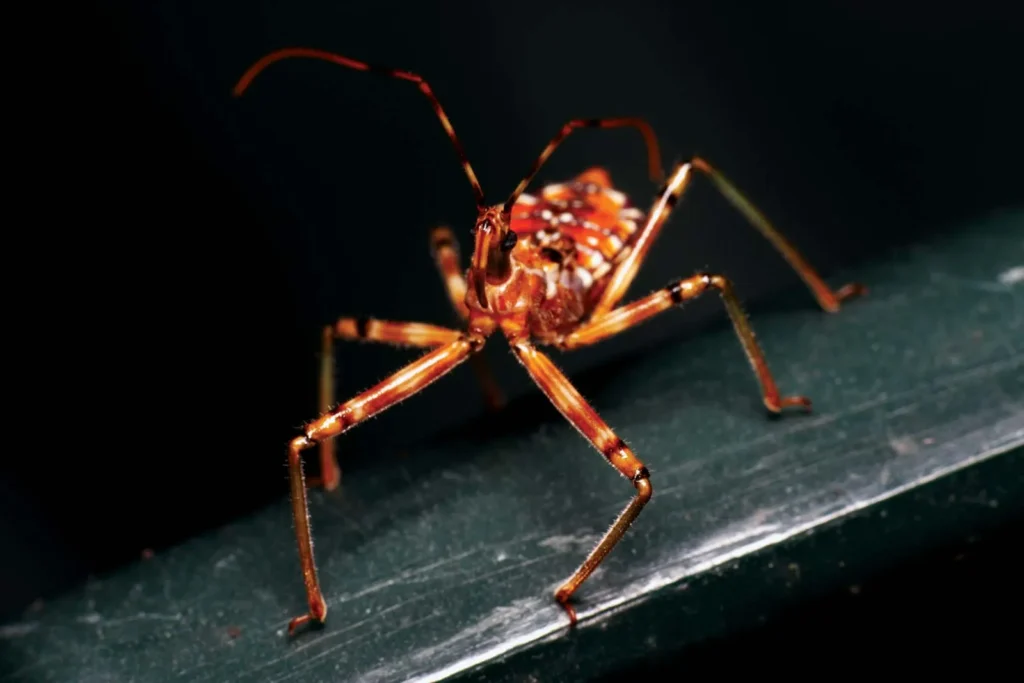
Assassin bugs are fierce predators that feed on a variety of pests, including caterpillars, beetles, and aphids. They use their sharp mouthparts to capture and consume their prey.
10. Solitary Bees
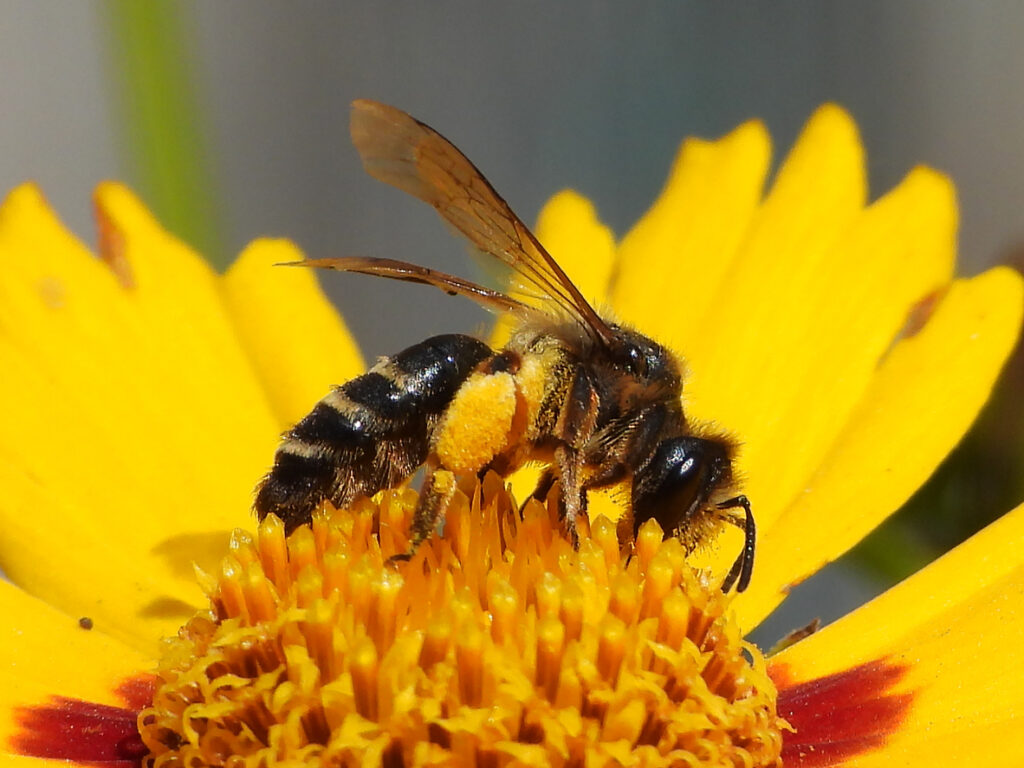
Solitary bees, such as mason bees and leafcutter bees, are excellent pollinators. Unlike honeybees, they do not form large colonies but are incredibly efficient at pollinating flowers, fruits, and vegetables in the garden.
7 Ways to Attract Beneficial Insects
So, how can we roll out the welcome mat for these beneficial insects? Here are 7 tried-and-true methods that will help turn your garden into an insect-friendly paradise.
1. Plant Diverse Flowers
A diverse garden is a healthy garden. By planting a wide variety of flowers, you ensure a continuous supply of nectar and pollen, which are essential food sources for beneficial insects. The key here is to provide blooms throughout the growing season, so there’s always something to attract and sustain these helpful creatures.
| Flower Type | Beneficial Insects Attracted | Benefits |
|---|---|---|
| Marigolds | Ladybugs | Controls aphid populations |
| Lavender | Bees, Hoverflies | Great for pollination |
| Yarrow | Lacewings, Parasitic Wasps | Natural predators of garden pests |
2. Create Habitats
In addition to providing food, beneficial insects need safe places to live and breed. By creating suitable habitats, you can encourage them to make your garden their home.
- Insect Hotels: These structures are easy to make and provide shelter for solitary bees, ladybugs, and other beneficial insects. You can create an insect hotel using natural materials like wood, bamboo, and straw.
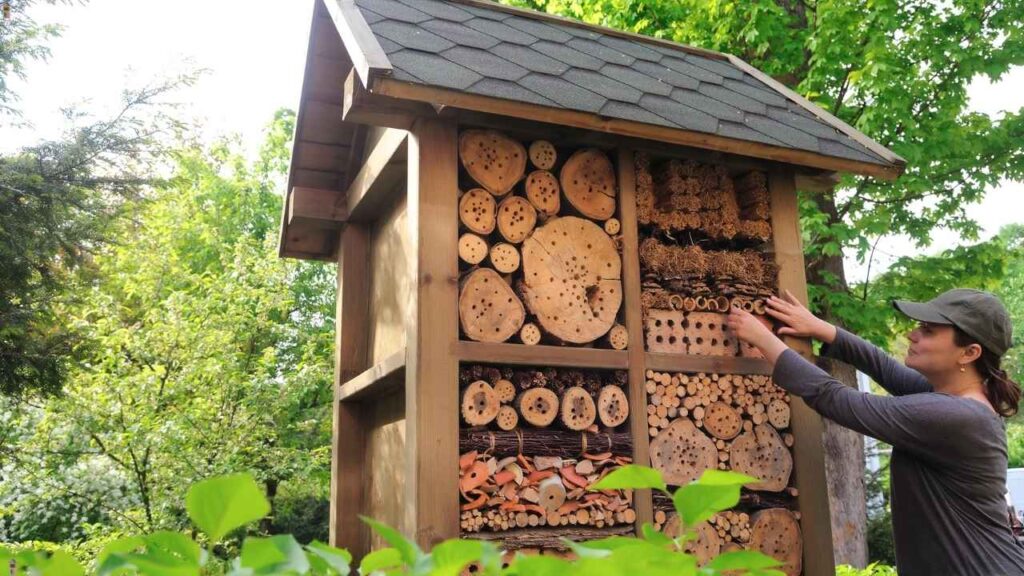
- Water Sources: A shallow dish with stones or marbles can act as a safe drinking spot for insects. Make sure it’s shallow enough to prevent drowning.
- Leaf Litter and Mulch: Leaving some organic matter on the ground, such as leaves or mulch, offers hiding places for ground beetles and spiders, both of which are excellent pest controllers.
3. Practice Organic Garden Maintenance
Avoiding chemicals is crucial when trying to attract beneficial insects. Pesticides and synthetic fertilizers can harm both pests and the helpful insects you want to invite.
- Avoid Pesticides: Instead of using chemical pesticides, opt for natural solutions like neem oil or insecticidal soap, which are less harmful to beneficial insects.
- Use Organic Fertilizers: Compost and well-rotted manure enrich the soil and help create a healthy environment for insects and plants alike.
- Companion Planting: Some plants, when grown together, can deter pests and attract beneficial insects. For example, planting basil near tomatoes can help keep pests away while also drawing in pollinators.
4. Provide Shelter for Overwintering
Many beneficial insects need a safe place to overwinter. Leaving certain parts of your garden a bit “wild” can provide essential shelter for insects during the colder months. Areas with dead wood, undisturbed soil, or even fallen branches can serve as winter refuges for these garden allies.
5. Grow Native Plants
Native plants are a magnet for local beneficial insects. These plants have co-evolved with the local insect populations, making them a perfect food source and habitat for pollinators and predators alike. Native plants tend to be low-maintenance and well-adapted to the local climate, which also makes your gardening work easier.
6. Limit Outdoor Lighting
Artificial lighting at night can confuse and deter nocturnal beneficial insects. Limiting outdoor lighting or using motion-activated lights can help protect beneficial insects like moths that help pollinate plants.
7. Keep Weeds in Check—Selectively
Not all weeds are bad! Plants like dandelions and clover can provide nectar and pollen for beneficial insects early in the growing season. Letting some of these “weeds” thrive in controlled areas of your garden can support a wide range of insect species.
Future Trends in Gardening with Beneficial Insects
Gardening is constantly evolving, and the focus on beneficial insects is only growing. Here are some trends that are shaping the future of gardening with these important allies.
Innovative Organic Pesticides
New organic pesticides are being developed to specifically target harmful pests while leaving beneficial insects unharmed. These products are often derived from natural sources like plant extracts and beneficial microbes. They offer a promising alternative to conventional pesticides, helping to maintain the balance of the garden ecosystem.
Advanced Planting Methods
Techniques such as polyculture and permaculture are becoming increasingly popular. These methods emphasize plant diversity and natural symbiotic relationships, creating an environment where beneficial insects can thrive. By planting multiple species together, gardeners can encourage a variety of beneficial insects to visit and stay.
Technology Meets Nature
Technology is making it easier for gardeners to learn about and attract beneficial insects. Apps and devices can help you identify different insect species, track their activity, and even provide tips on which plants are best for attracting specific insects. This fusion of technology and gardening knowledge is helping more people adopt eco-friendly practices.
Conclusion
Attracting beneficial insects to your garden is rewarding. These little allies help with pest control, pollination, and overall garden health. Plant diverse flowers, create insect-friendly habitats, and practice organic gardening to invite these invaluable creatures.
Start today! Plant native flowers, build a simple insect hotel, and watch nature respond. Your garden will become more vibrant, and you’ll support the local ecosystem.
Have you seen beneficial insects in your garden? Share your tips in the comments below, and let’s grow a community of thriving, insect-friendly gardens together.
Happy gardening!
